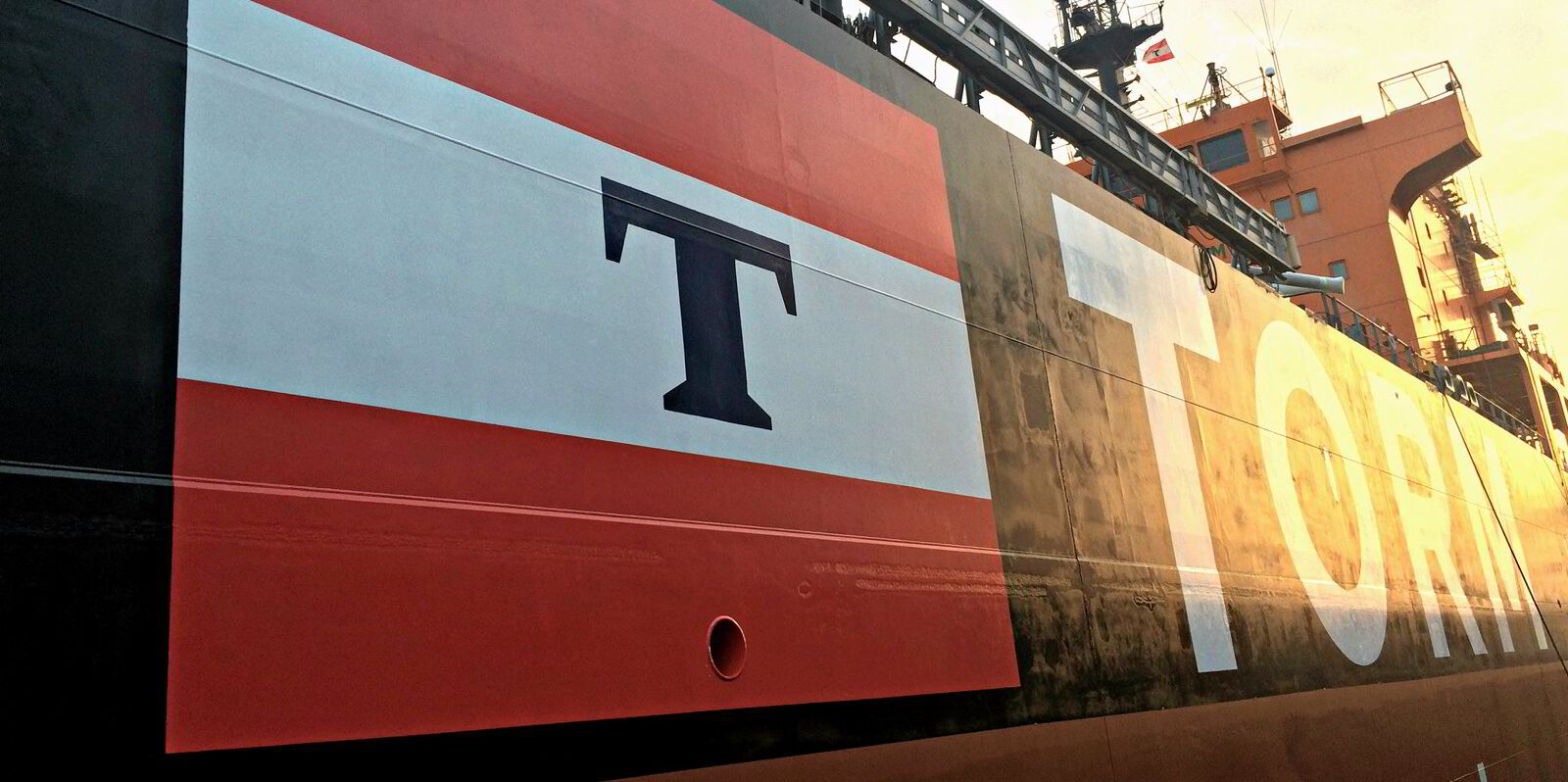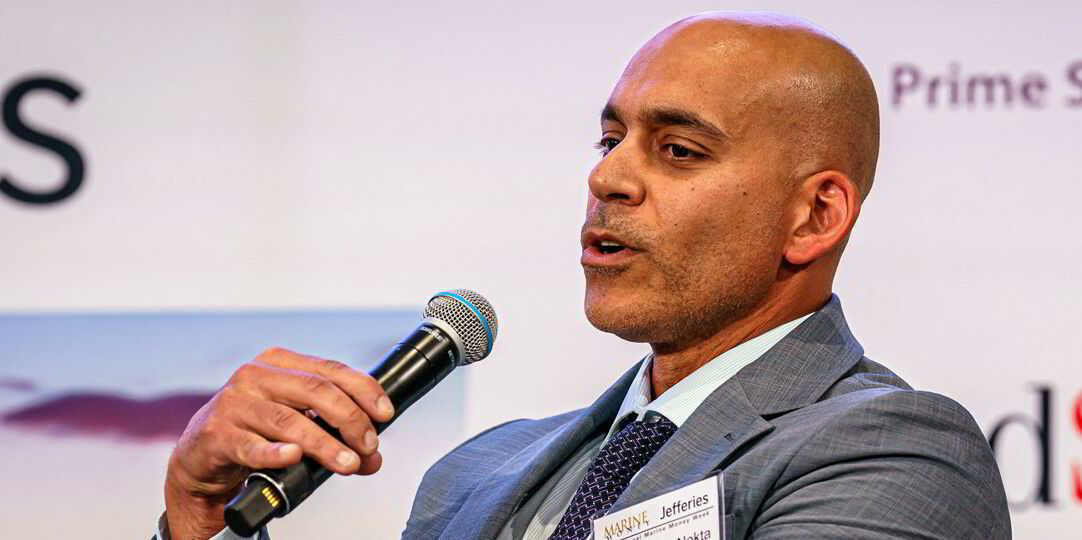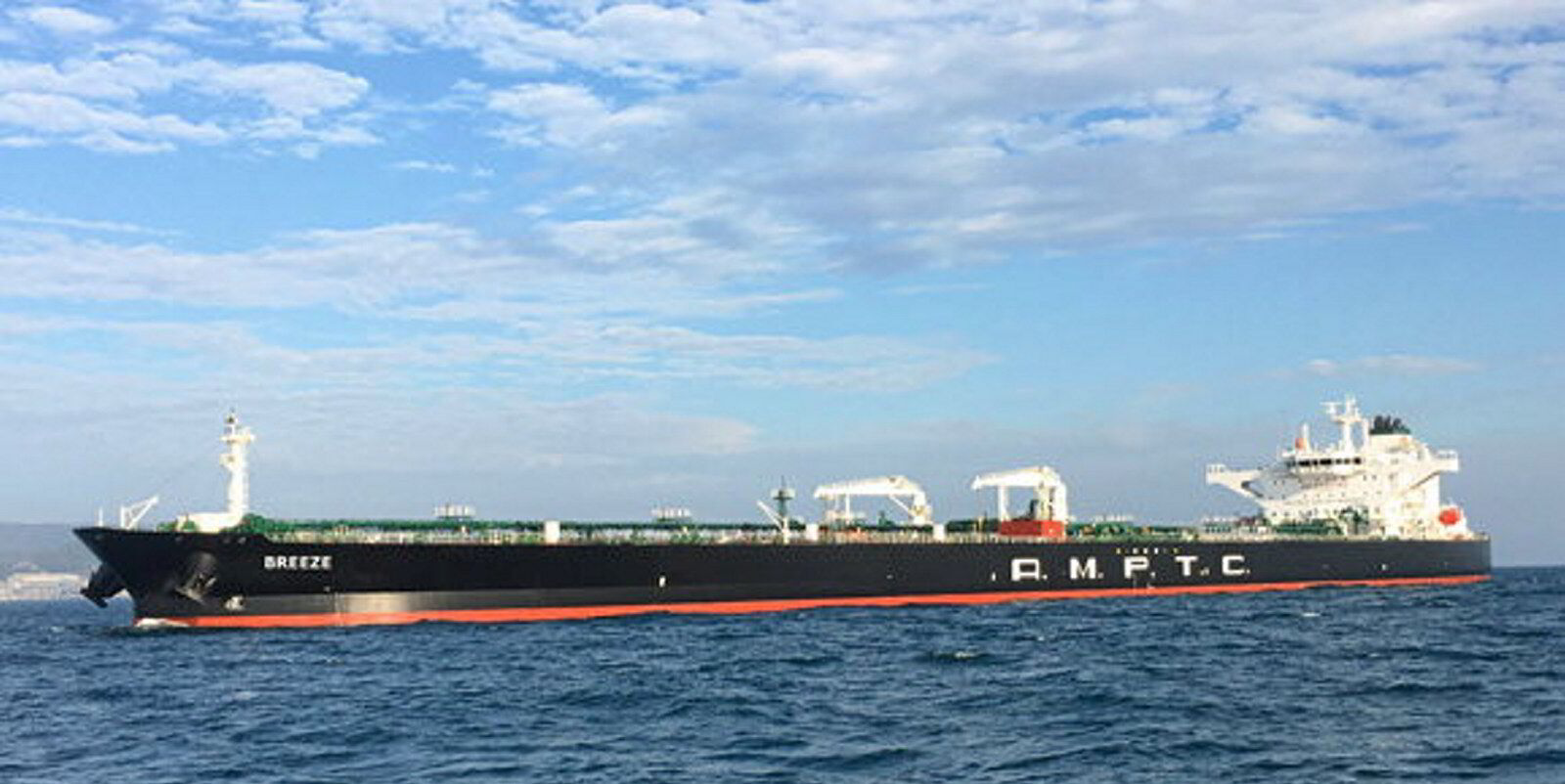Crude tanker cannibalisation of the product tanker market is making headlines so far during tanker earnings season, but it might already be old news.
Speaking to TradeWinds on Thursday, Torm chief executive Jacob Meldgaard said most of the crude tankers that cleaned up to compete with product tankers for cargoes — and put a lid on their earnings in the third quarter — had since exited the market.
“It feels to me as if it was a Q3 story,” he said.
For the third quarter, Torm’s fleet earned an average of $33,722 per day, nearly flat year on year despite a 12% jump in tonne miles.
The company attributed that to competition from 50 crude carriers entering its market, a story plaguing the product sector since the summer.
But with November dates coming open, Meldgaard said those ships were no longer in the market and that the problem now was Middle East volumes.
But now volumes from exporters in the region had fallen roughly 10% month on month, he said, and were leading to $29,044 per day rates so far in the fourth quarter with 52% of days covered.
“We'll watch this space and how it evolves. I don’t expect it to see a step down in export volumes,” Meldgaard said, noting refiners there have the newest and most efficient refineries and that they should want to use them.
Analysts described the quarterly performance, where the Danish owner reported a $131m profit, as near-consensus expectations.
Fearnley Securities called the fourth quarter bookings “sound” and Jeffieries’ Omar Nokta said it was “business as usual” for the company.
“However, the outlook remains solid, in our view, and while product newbuilding deliveries pick up in 2025, we expect capacity utilisation to remain elevated,” Nokta said while revising his target price to $37 from $40 and reiterating a buy rating.
In speaking with TradeWinds, Meldgaard also pointed out the company’s new guidance figures of $1.11bn to $1.16bn in TCE revenues, while lower than the previous expectations of $1.15bn to $1.35bn, were higher than its forecast earlier in the year.
Published in March, the earlier figure was between $1bn and $1.35bn.
He said when 2024 closes out, the results should be in line with what was seen in 2023 and 2022.
“It’s a very strong year,” Meldgaard said. “Yes, the guidance we have to give is slightly below but it’s well within our exception for the year.
“Were we bullish at that time? Absolutely. Where we end the year is actually exactly within that range of that bullishness. It’s not disappointing.”





